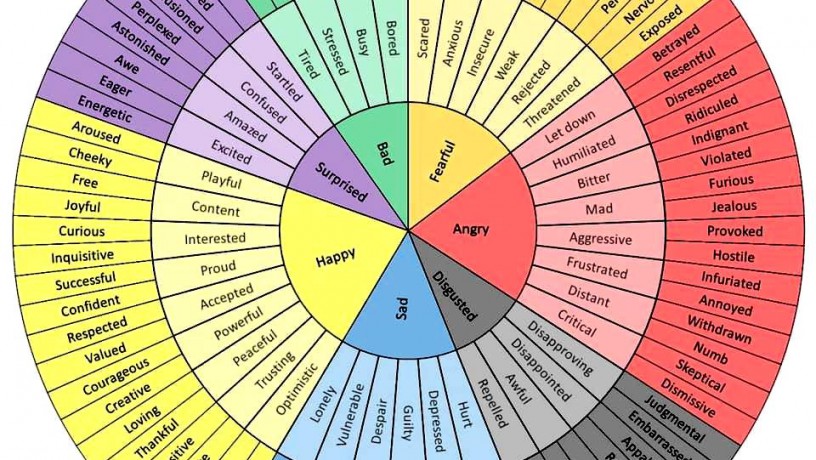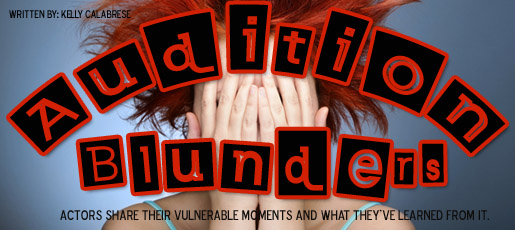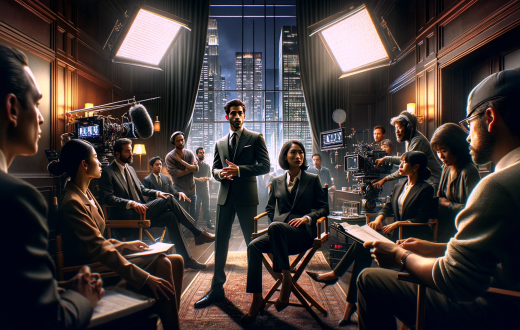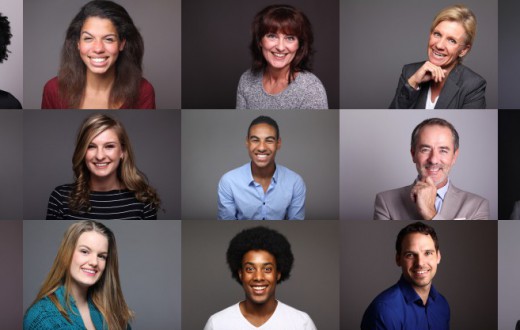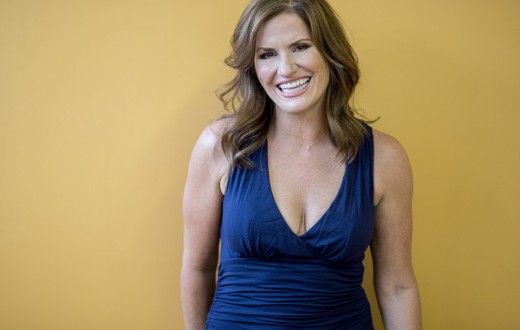“The close-up, according to D.W. Griffith, allows subtle changes of facial expression – the raising of an eyebrow or the flicker of a smile – to become part of the action.” – Chuck Jones
“Few realize how loud their expressions really are. Be kind with what you wordlessly say.” – author Richelle E. Goodrich
I’ve had the privilege of performing in not just one, but two different productions of the iconic comedy about life on the stage – and backstage – “Noises Off” by the brilliant Michael Frayn. The first time, I was the dimwitted but sweet actor Frederick Fellowes, and the second I played the philandering, frustrated director Lloyd Dallas. Of course, as an exercise in how to do comedy, both the physical, wacky, farcical sort as well as engaging in crisp, clever wordplay, there is no better teacher than Frayn’s modern classic.
I mention this because in researching an article on acting, emotions and facial expressions, I remembered a critical moment during the rehearsal process the second time I was in the show, when I played the director Lloyd. We were in early rehearsals, working a scene when Lloyd’s frustration with his less-than-cooperative cast is about to boil over. The director pulled me aside and told me, “Kurt, you just look too…mean.”
I was confused because the text and the other characters have clearly driven Lloyd to an organic moment of anger; he was about to yell at his young ingenue and lover and cause her to burst into tears. So it’s not that I was playing the scene wrong, it was simply that, as the director explained, my “angry” face in the moment was more akin to “murderous rage” than “frustration.” With my size and physical appearance – I like to think of myself as an incredibly, INCREDIBLY good-looking, shaved-head linebacker type, lol – it was reading as too much.
“You’re going to scare the audience!” he said. I had no idea!
So although I was playing the truth of the scene and the truth of Lloyd’s and the play’s story arc, I would need to make an adjustment, a physical adjustment in order to soften my facial expression.
Which brings us around to the topic, what is your face telling the audience? And especially what is your face telling the camera?
With on-camera acting of course, your face delivers so much more than the lines themselves, and even slight twitches and muscle movements can alter the message tremendously. A good director or acting coach would never tell an actor he or she needs to “feel more” of this or that emotion, of course. And while it’s a fool’s errand to try to “act angry” or “act sad” or whatever, what we can do in order to up our game as actors is to make ourselves more acutely aware of what we APPEAR to be feeling at certain moments, even when we may not know it. Here are some tips that will hopefully help.
1. RBF
The crux of this first step is to realize that in this hard, modern world we all wear masks in order to protect ourselves. The most common mask is some variation of the famed “resting bitch face,” the hard-faced mask that city-dwellers around the world employ to warn off potential threats and anyone looking to take advantage of us. This mask hides our emotions – perhaps of necessity in modern times – but it can also serve to cut us off from our emotional life, or at least the expression of it. A great first step exercise is to simply sit down in front of the mirror and play with different emotions and the faces you make to communicate them. Granted, facing yourself in the mirror like this is easier said than done for all but the most seriously narcissistic! But force yourself to gaze upon the beauty that is you and try out different expressions. Start with the broad strokes – anger, sadness, fear, happiness, etc. – and note how your face changes when you try each of them out. Once you have a pretty good idea of what you’re conveying, of what your face is doing when you are actively trying to display one or another of these basic emotions, a more advanced step is to use a mood wheel to try to get at some of the more subtle variations. What’s the difference for you between “bitter” and “humiliated?” How about “happy,” “playful,” and “trusting?” These are just some examples, and again this is NOT to suggest that you or anyone can “play happy” or any other emotion, outside of reacting in the moment to another actor, the text, and the given circumstances of a piece. What we can do is simply be more aware of our total instrument – which includes our bodies as well as our faces – and what we are communicating with them. We can develop the subtleties of the language of facial expression to better “speak” to our audiences.
2. Assessment
So now it’s time to sort through what you’ve seen: which emotions that you were attempting to express through your face alone worked, and which ones didn’t? If you have any that looked radically different from what you were trying to convey, make a note of it, and be aware of it next time you’re on camera. Also, this is a good place to note which of your expressions were more believable, more genuine-looking. Although there is of course an artificiality to these exercises, there’s also by its very nature an artificiality to acting. We’re attempting “behave truthfully under imaginary circumstances,” so the more falsehood or at least the more false-appearing aspects of the work that we can eliminate, the better the work will be. A great, advanced addition to any actor’s toolkit is a solid lock on what we are saying with our faces at any given moment, and being able to produce those expressions as needed.
3. I’ll Be Your Mirror
Another useful step is to take a text you’re working on or one you’re already familiar with and run some lines in the mirror. Note how your face changes at critical beats in the text. Are you conveying what you think you’re conveying? Are your words matching up to your facial expressions? Better yet, try it with a partner as an acting exercise in your next actor’s group. Work a scene and use your actor/partner as a mirror to tell you what exactly they’re reading off of your expressions. Another great exercise of this type is to not say a word: simply do what we actors all know is the most important part of the work: listen. Work with a partner who will read text to you in character, starting out with the mirror in front of you, and see how well your face is reflecting the subtleties of what you’re feeling as the character. Are you feeling joy/disgust/disillusionment as your character? If so, is it reading?
4. “Your Face Says it All.”
Finally, to paraphrase something Timothy Olyphant said on a recent “WTF with Marc Maron,” “your face says it all,” as an actor. When you’re feeling something, it’s there, and the camera sees it. Now, it may be more subtle than you like, or it may be tremendously obvious. And we can hone these looks, we can play with them, but the main task for the actor is be in the moment and allow the emotions of the text and circumstances wash over him or her. To be open and honest and free enough to allow ourselves to feel as our characters is our job and our joy. Just make sure your face is telling the same story you’re hearing in your head!

